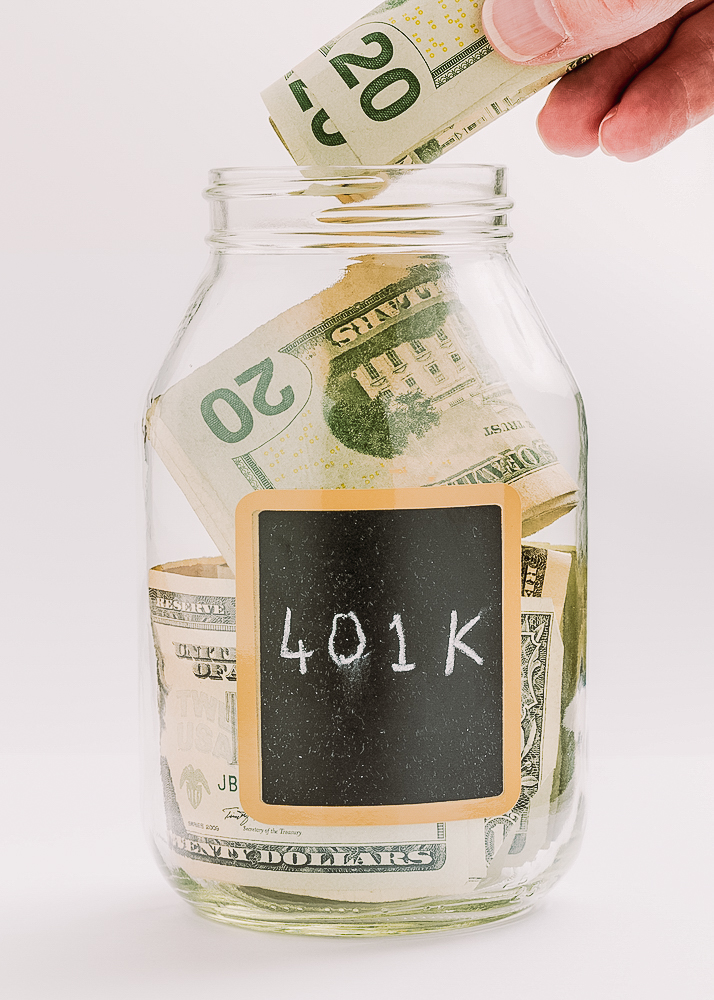Are You 50 or Older and Making Big Retirement Contributions?
Here’s How New Roth Rules Affect You in 2026
If you’re 50 or older, catch-up contributions are one of the best ways to boost your retirement savings in the final stretch before you stop working. But starting January 1, 2026, a new law changes how some workers can make these extra contributions — and it could affect your taxes now and in retirement.
Quick Facts at a Glance
| Topic | Details |
| Who’s affected? | Age 50+, earned over $145,000 (2025 wages from your employer; indexed annually) |
| What’s changing? | Must make catch-up contributions as Roth (after-tax) |
| When? | Starting January 1, 2026 |
| Why? | SECURE 2.0 Act change to retirement savings rules |
| Tax impact | Pay taxes now, enjoy tax-free withdrawals later* |
| Benefit | Potential tax-free growth and retirement withdrawals |
| Downside | No immediate tax deduction |
*Tax-free withdrawals from a Roth account are generally available if the account has been held for at least five years and the account holder has reached age 59½, whichever occurs later. Additional conditions may apply. Consult a qualified tax professional for guidance specific to your situation.
Frequently Asked Questions:
What Are Catch-Up Contributions?
Once you turn 50 or older, the IRS lets you contribute extra money to your 401(k), 403(b), or similar workplace plan on top of the standard limit. These catch-up contributions help you ramp up savings as retirement gets closer.
What’s New Starting in 2026?
Under the SECURE 2.0 Act, if you:
- Are 50 or older
- Earned more than $145,000 (adjusted annually for inflation) in the prior year from your employer
- Participate in a 401(k), 403(b), or similar plan
Then all your catch-up contributions must be Roth — meaning after-tax.
What Does “Roth” Mean?
- You contribute money after paying income taxes.
- Your contributions and earnings can grow tax-free.
- Withdrawals are tax-free in retirement (if you meet IRS rules, such as being 59½ or older and holding the Roth for at least 5 years).
What About Before 2026?
- You can currently choose pre-tax (lowers your taxable income now) or Roth (after-tax).
- Starting 2026, higher earners must use Roth for catch-up amounts.
Who Does This Affect?
- Employees 50 or older
- Earned over $145,000 in the previous year (based on Social Security wages from your employer)
- If you earn less than $145,000, you can still choose pre-tax or Roth for catch-up contributions (if your plan allows).
Note: IRS Limits are indexed annually.
Pros of the New Roth Catch-Up Rule
- Tax-free growth later: All your Roth catch-up contributions can be withdrawn tax-free in retirement.
- Protection from higher future taxes: If you expect higher taxes later, paying now could save more over time.
Cons of the New Roth Catch-Up Rule
- No upfront tax deduction: You won’t reduce taxable income in the year you contribute.
- Complex income threshold: Determined by your employer’s wage reporting — which can be tricky.
- Plan changes may be needed: Employers without a Roth option must add one to comply (or employees cannot contribute the catch up contribution).
What You Should Do Now
- Check your income: Did you earn more than $145,000 from your employer?
- Review your plan’s Roth option: If it doesn’t have one yet, ask your employer when it will.
- Plan for the tax shift: Consider how paying taxes now changes your savings strategy.
- Seek advice: Talk with HR or a financial professional to adjust your retirement plan.
The Roth catch-up rule starting in 2026 could change the way you save if you’re 50+ and earn over $145,000.
While it removes an immediate tax break, it offers a long-term benefit — tax-free income in retirement.
By planning ahead now, you can avoid surprises and make the most of your catch-up contributions.







